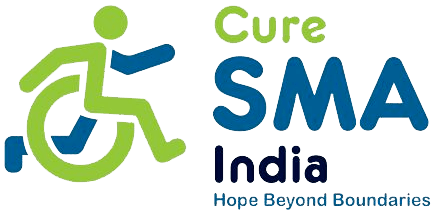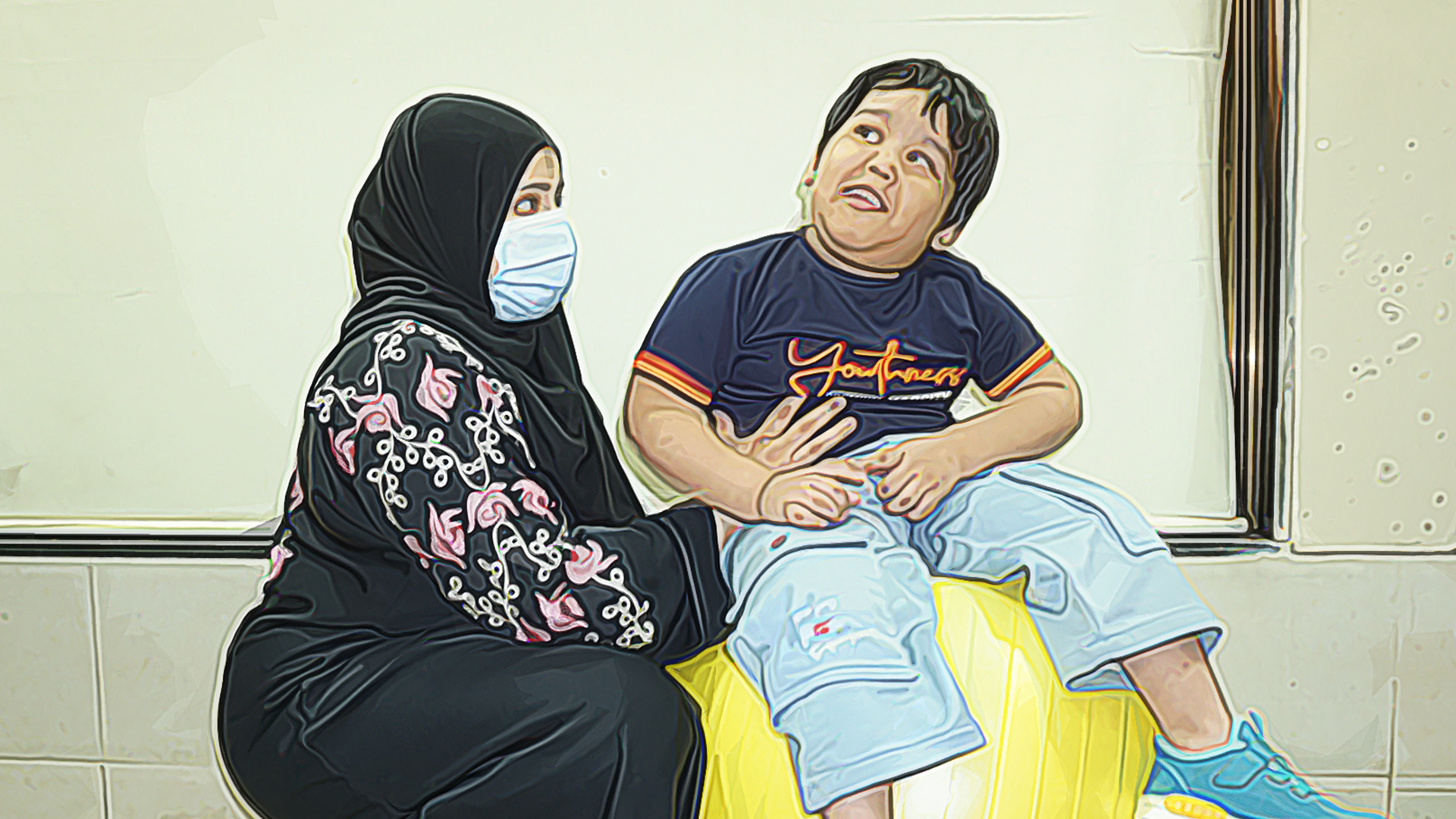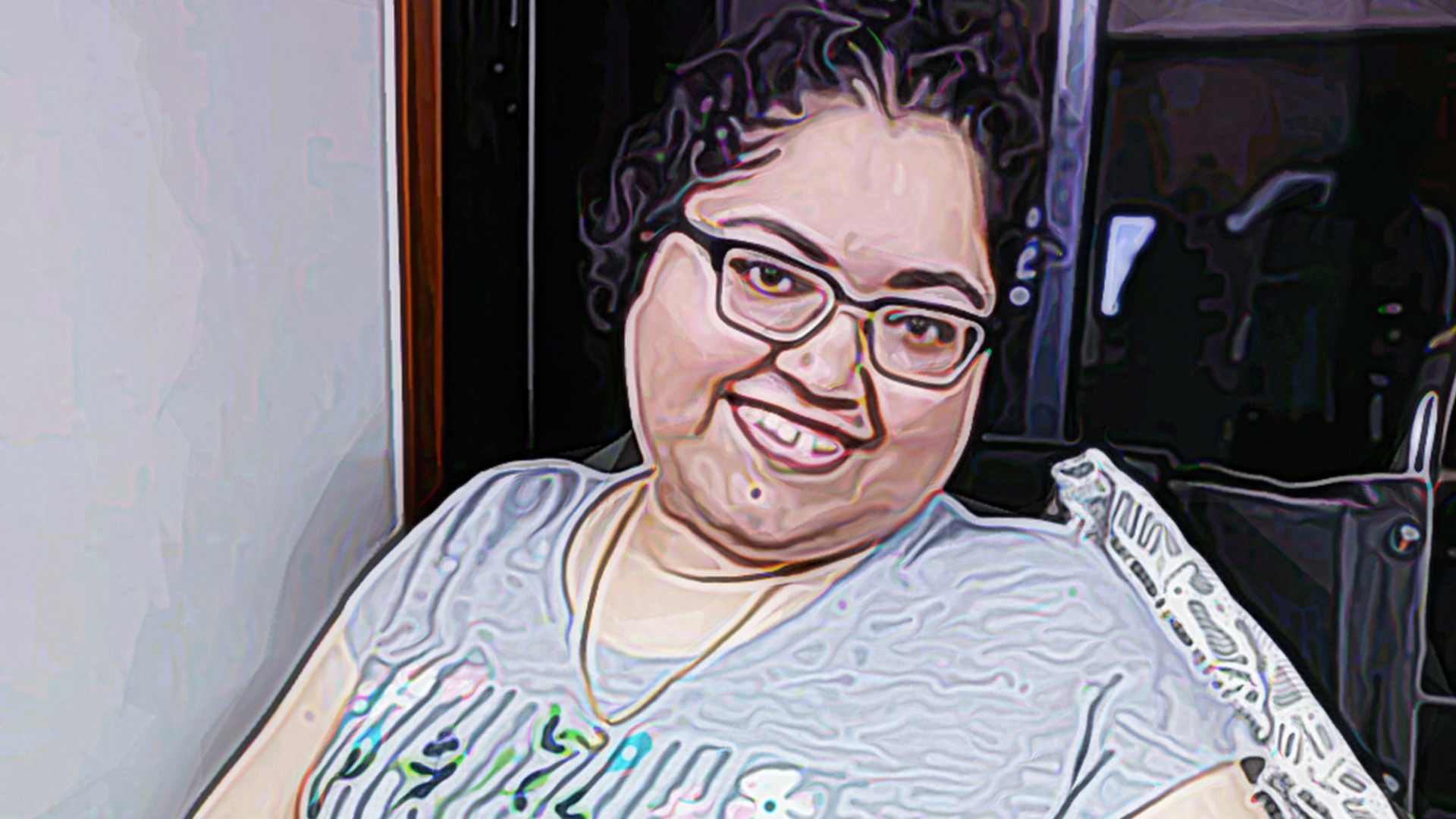It has no known cure; thus, most care for the patient with SMA is focused on symptomatic control and preventative rehabilitation. Physical therapy and occupational therapy help play a critical role in maximizing the physical functioning of people with SMA. Physiotherapy mainly consist of exercises to help improve flexibility and overall function, independence and quality of life.
Treatments are done with a focus on the following:
Therapeutic exercises
Therapeutic exercises help children maintain and improve their mobility. These will be tailored to the child’s needs, depending on the severity of their SMA.
They consist of any movement or position one would like to strengthen in order to improve their activities of daily living, for example rolling, reaching, sitting and maybe even walking. These activities are dependent on age, amount of neuromuscular involvement, and developmental stage. Although exercise is important, excessive exercising may cause over fatigue and damage.
Range of motion
Range of motion (ROM) is the amount of movement in our joints. We maintain our ROM through stretching and exercise. If we do not move our joints throughout their full range of motion, our muscles and other soft tissues may get “tight”. This tightness can become permanent and limit movement. We call this a contracture.
Individuals with SMA may be too weak to move their joints throughout their full range of motion. This can put them at risk of developing contractures, which can become permanent and prevent movement. They can cause discomfort, decreased mobility, and impaired flexibility of the associated body part.
The use of splints, braces, standers and active-assisted stretching might be recommended to maintain joint alignment and prevent tightness and contractures. Ankle-foot orthotics worn at night may help to provide prolonged, passive stretching to prevent worsening of ankle plantar flexion contractures.
Weightbearing
Weightbearing can be important for the health of our bones and muscles. Assuming a position that puts weight through our bones, such as standing, may improve bone strength, respiratory and bowel function. This is even true for children who are unable to bear weight independently. These children can be helped into a standing position using a standing device.
Orthotics: Splints/Braces
Orthotics are devices that support and align the foot. Devices vary depending on the amount of support a child needs.
Children with SMA may use a SMO (supramalleolarorthosis) or an AFO (ankle-foot orthosis). These braces are both lightweight plastic designs that fit inside a shoe and help maintain foot alignment while your child is standing or walking. Orthotics are typically custom-fit and can be modified as the child grows and/ or progresses. KAFO (knee-ankle-foot orthosis), HKAFO (hip-knee-ankle-foot orthosis), and RGO (reciprocating gait orthosis) can be used to help with optimal positioning and alignment in standing.
MOBILITY: Wheelchair
In the simplest definition, a wheelchair is a mobile chair. Wheelchairs can either be manual or power. Manual chairs can be manipulated by the individual in the chair or pushed by a caregiver. Power chairs are wheelchairs that are controlled electronically, typically by a joystick. Most commonly this joystick/control panel is located near the child’s dominant hand, however if muscle strength or control is an issue, joystick placement can be modified. Powerchairs may offer children, who cannot manipulate their chair with their arms, the ability to move without help from others. Power mobility can be instituted as early as 18 months of age.
Water therapy/Aqua therapy
When in the water, your body feels lighter and easier to move. The buoyancy of the water is responsible for this. Being in a pool may help to relieve pressure on the joints and makes it easier to perform exercises. This makes water therapy especially beneficial to children with SMA. Your child may be able to move their arms and legs through greater ranges of motion and more often when placed in the water.
Orthopedic care
Orthopedic issues refer to the state of our bones and the associated muscles, ligaments and other soft tissue. Children with SMA, who may be unable to maintain good alignment and/or who have difficulty moving, may be at risk for certain orthopedic issues.
Scoliosis may develop in children who are wheelchair bound due to weakness of the muscles supporting the spinal column. The spine of an individual who has scoliosis may look like a “C” or an “S”, instead of being straight. A curved spine affects our comfort, ability to balance ourselves in sitting and standing, our arm function, and, most importantly, can affect our breathing.
Scoliosis is slowly progressive in SMA and needs to be followed periodically. There are two ways to help. The first is positional curve control. This is any means that puts the spine into better alignment. This can be done with either wheelchair modifications (positioning devices) or bracing with a spinal orthosis to help the child maintain a straight sitting posture. These positional curve controls may improve function, independence, comfort and quality of life and stabilize the spine. As scoliosis progresses, surgery is generally recommended to preserve pulmonary function, improve nursing care, comfort, appearance and overall quality of life. A consultation with an orthopedic doctor is recommended.
Hip subluxation and dislocation are common problems for non-sitters, sitters, and, occasionally, walkers and can make sitting balance difficult. It may interfere with already compromised respiratory function, and lead to chronic pain. Hip surgery is usually not needed in non-ambulatory SMA patients.
Respiratory care
Respiratory care is often a central focus in the medical management of SMA. Intercostal muscles (muscles supporting the chest wall) may be weak leaving the diaphragm as the primarily breathing muscle. This may lead to decreased respiratory function with lung underdevelopment and difficulty in coughing and clearing secretions. This has the potential to cause recurrent chest infections.
The breathing function can be assessed by pulmonary function testing in children over 5 years. They are asked to blow into a tube that measures their lung capacity.
Chest physiotherapy may be used to assist the child in clearing secretions. It often includes position changes that allow gravity to help mobilize secretions and keep lungs clear. The individual can be placed in different positions to allow gravity to empty out each lobe/compartment of our lungs. This systematic change of positions promotes postural drainage. It can often be performed at home with the supervision of a therapist.
A cough assist device may also be used at home to help children cough and clear their secretions. Children with SMA rely on their diaphragms to breathe. At night when they are lying down, the abdominal contents push up against the diaphragm and gravity is eliminated, making it harder to take deep breaths. This can cause our lungs to not get enough oxygen and cause carbon dioxide to build up. Children may experience daytime sleepiness or headaches from this. Doctors may help by giving a BIPAP machine, which helps the child breathe by giving extra bursts of air (intermittent positive inspiratory pressure). This assistance allows the child’s breathing muscles to get a rest.
If a chest infection occurs, all the above supportive care can be done at the first sign of any chest problem. Antibiotics and inhalation therapy may also be needed. Sometimes hospitalization is required to best manage and care for the child.



